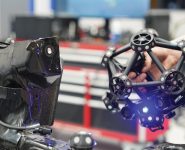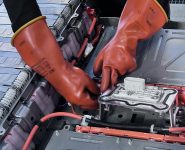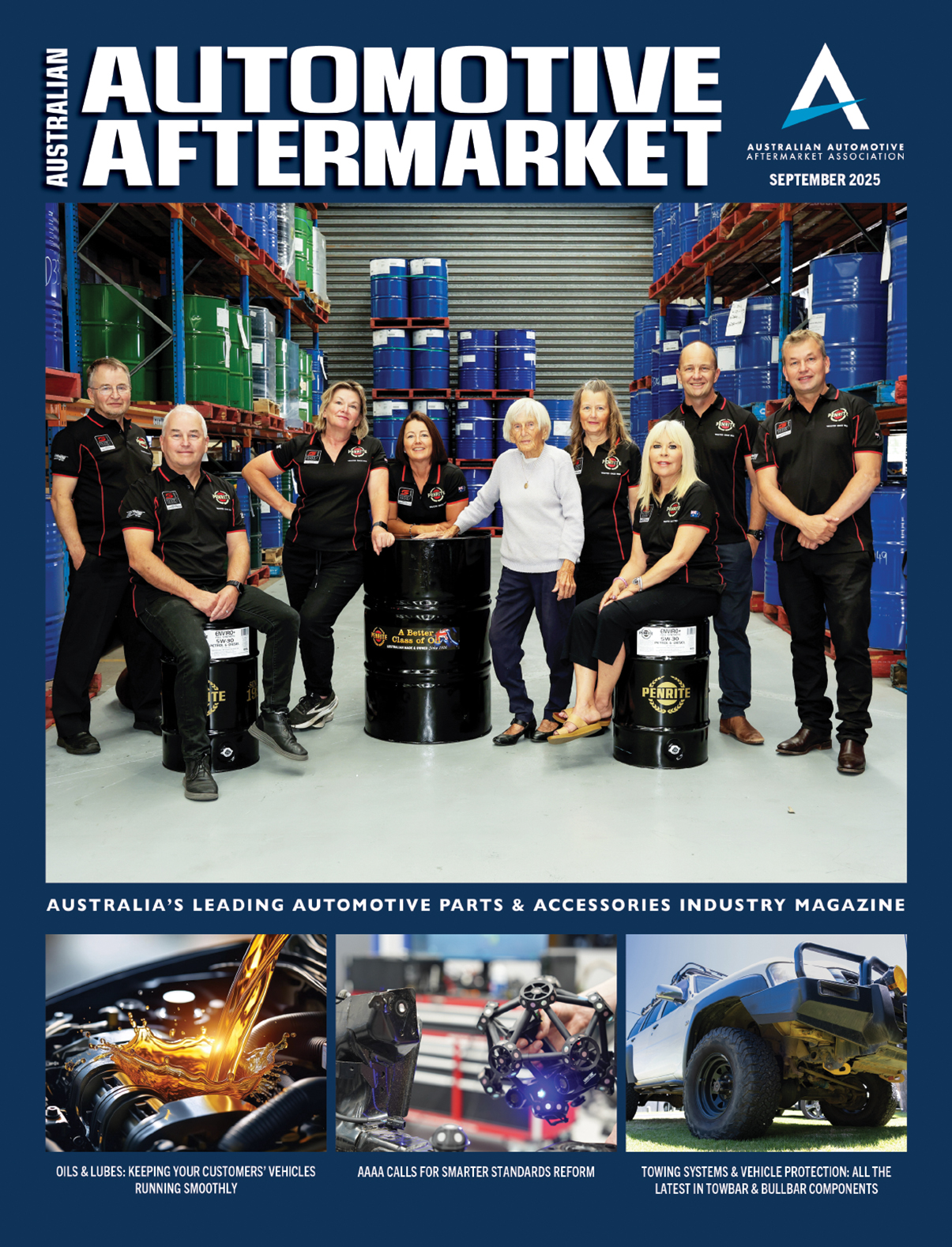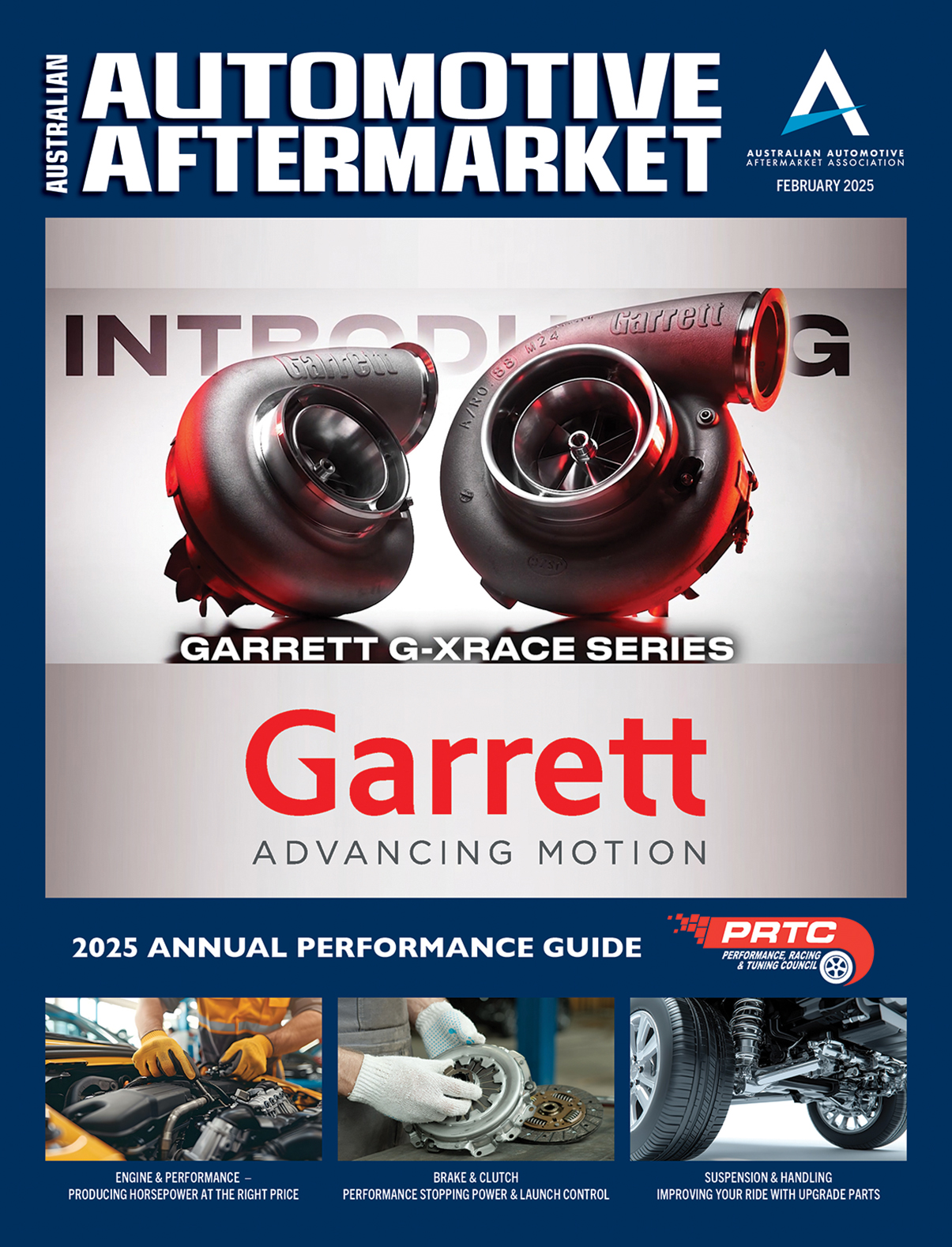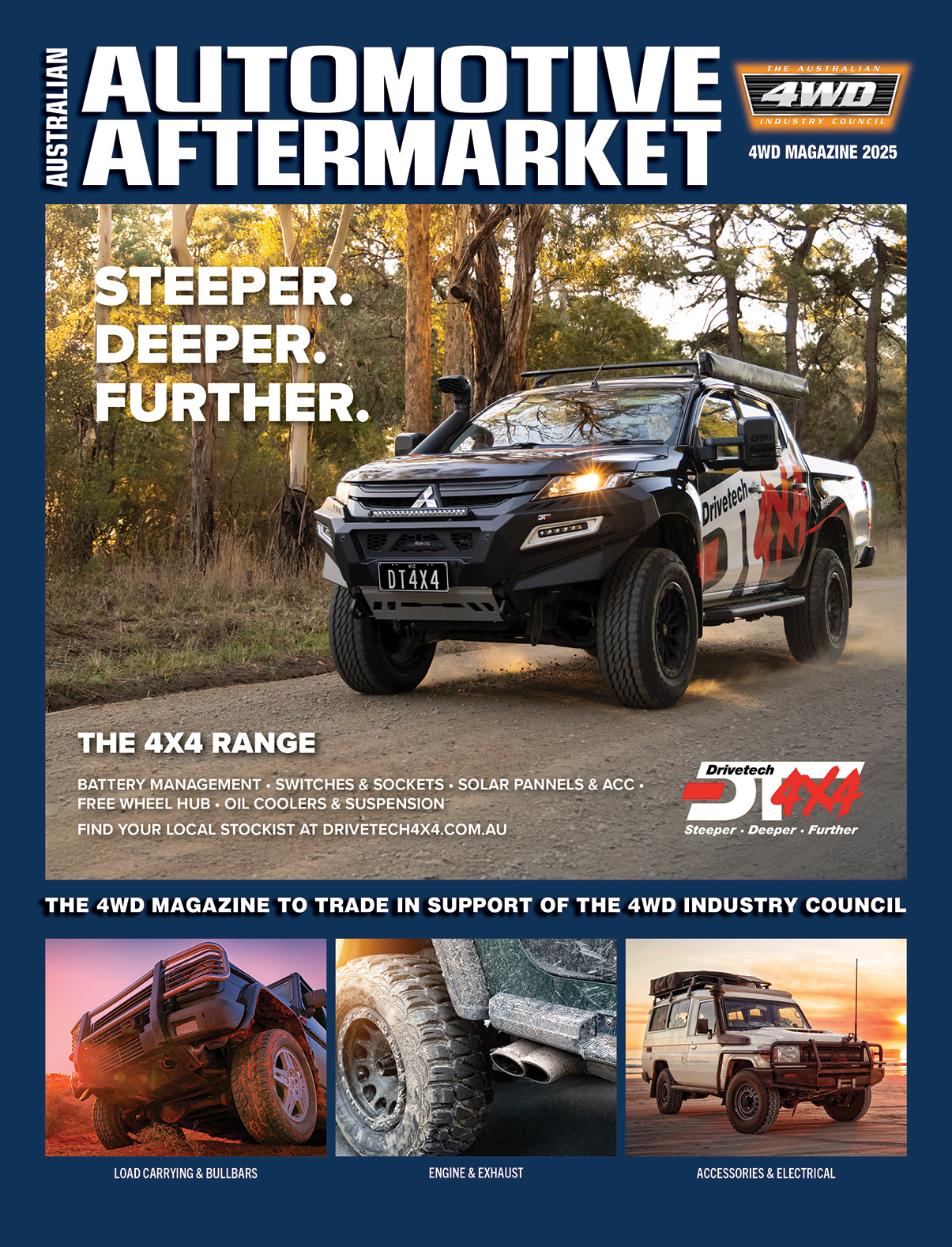PREPARING FOR WHAT LAYS AHEAD
The opening panel of Autocare 2025 focused on core topics affecting the success of the aftermarket industry now and into the future
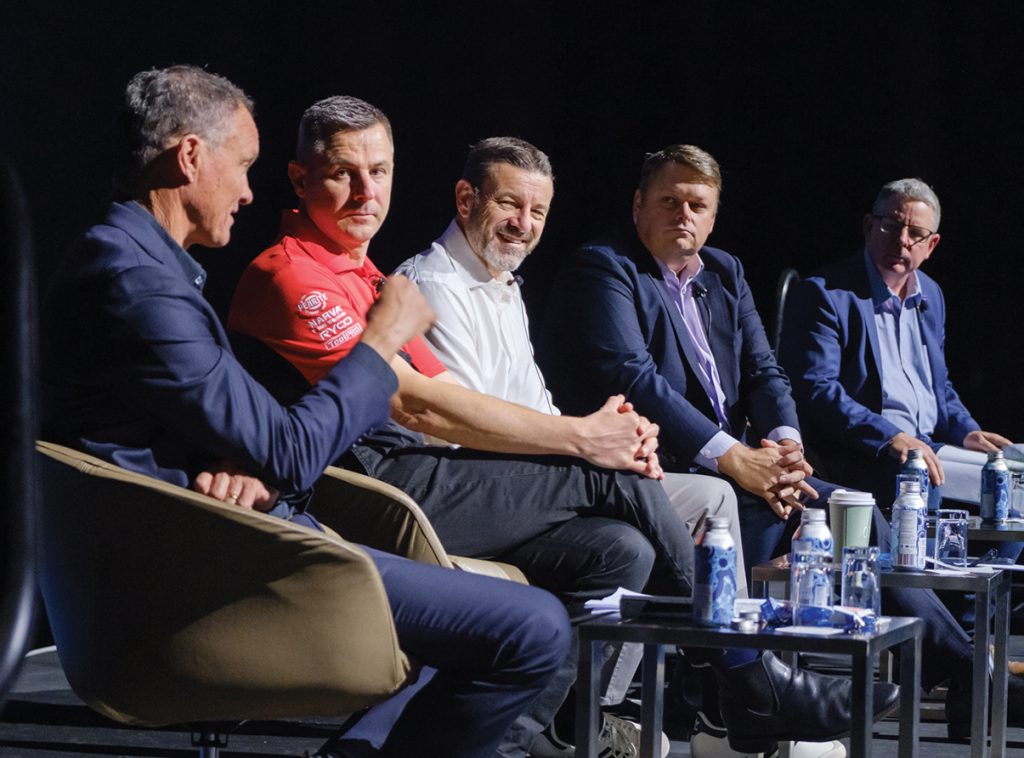
The ‘Critical Crossroads – The Five Trends Transforming the Automotive Aftermarket Landscape’ seminar officially opened the education sessions for Autocare 2025 on the morning of Friday 20 June, with attendees treated to a far-ranging discussion between automotive aftermarket industry leaders.
Australian Autmotoive Aftermarket Association (AAAA) Chief Executive Officer, Stuart Charity, led the panel, which featured GPC Asia Pacific Group Chief Executive Officer, Rob Cameron; Amotiv Chief Executive Officer, Graham Whickman; Supercheap Auto Managing Director, Benjamin Ward; and MTA Queensland Group Chief Executive Officer, Rod Camm.
“We’re here because this industry matters to our economy, to our communities, and to the millions of Australians that rely on our industry for safe, reliable vehicles every day,” Stuart said as he opened the panel.
“We are standing at a genuine crossroads at the moment. The decisions we make, the partnerships we form, and the standards we set over the next five years will shape the future landscape of our industry for decades to come.
“This isn’t just about technology, it is about skills, trust, access to data, and the evolving expectations of the customers we serve.”
Throughout the discussion, the panel tackled the topics of the pending electrification of the car parc and what that might look like in 2030; Advanced Driver Assistance Systems (ADAS) and the complexity they present from a repair and maintenance perspective; the skill shortage and the need for a pipeline of young talent and the upskilling of existing technicians; changing consumer behaviour and expectations; and the opportunities and challenges of connected vehicles and related technological innovations.
To conclude, Stuart asked the panel to present their thoughts on what a thriving and innovative Australian automotive aftermarket industry could look like in five to seven years’ time and what it is going to take to get there.
Here, the panellists discussed the opportunities around greater interconnectedness for the industry leading to opportunities for profit and efficiency through models such as ‘just in time’ delivery between businesses and to consumers; the need for strong and coordinated approaches across peak bodies; the next generation of EVs and the opportunities and challenges that will present; and expected consolidation of OEMs and dealer groups.
Also discussed was the need to embrace the growing circular sustainability requirements of the market; and being prepared for the affects of increased prevalence of ADAS which may lead to longer vehicle lifecycles thanks to less driver error accidents; and the potential changes in miles driven and vehicle ownership pictures.
The role the AAAA has played to date in stewarding the industry through the uncertainty of the COVID period and beyond, and in championing right to repair legislation alongside other projects to support and grow the industry was also highlighted and praised by the panel, along with a call for all in the industry to work together to ensure a continuing strong industry.
“It is an absolute privilege to lead this Association because we’ve got something pretty special going on,” Stuart said to conclude the discussion.
“It doesn’t happen in a lot of other industry sectors that competitors can come together under a common banner and work for the greater good.
“We’re trying to make the industry better. We’re trying to grow the pie for everyone. And then you can all fight it out about who gets market share where. I think that is really special!”
To learn more about what sessions were on offer at Autocare, visit www.autocare.org.au




